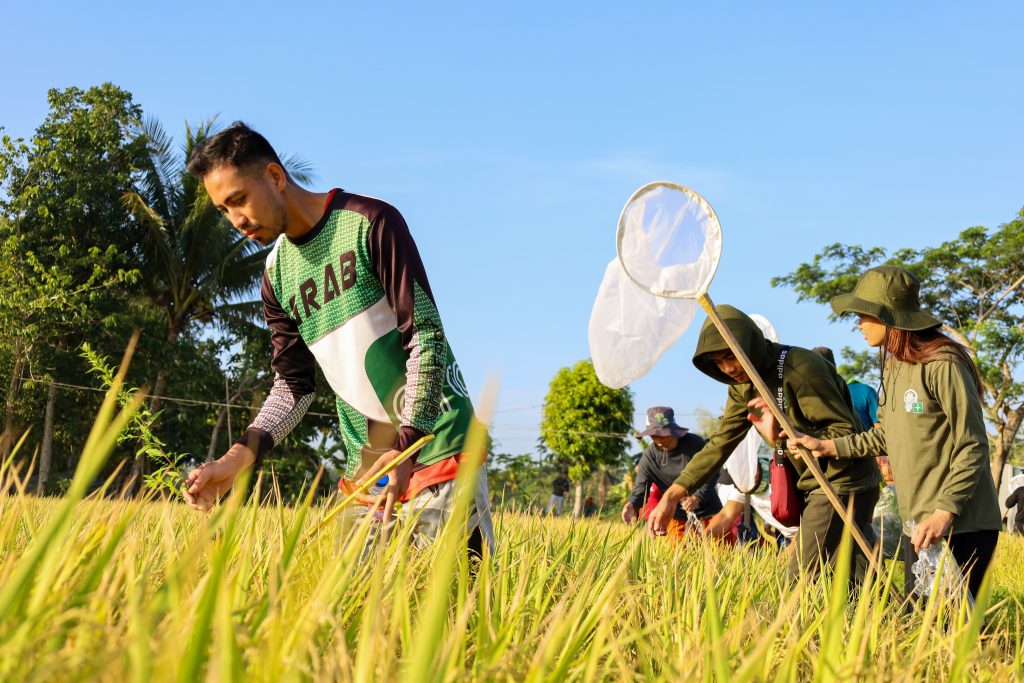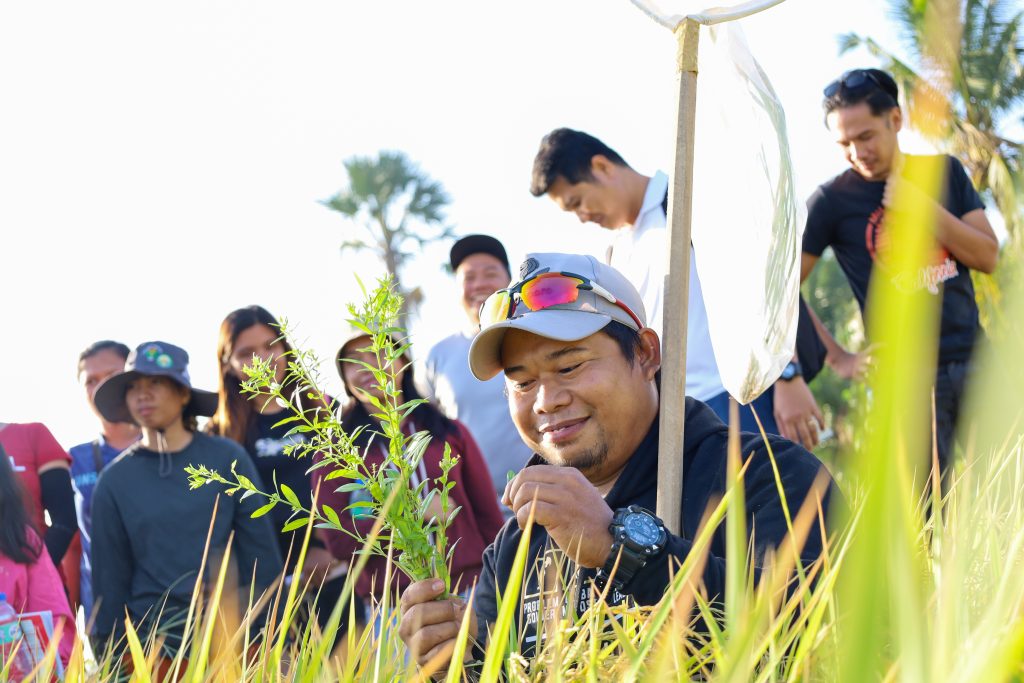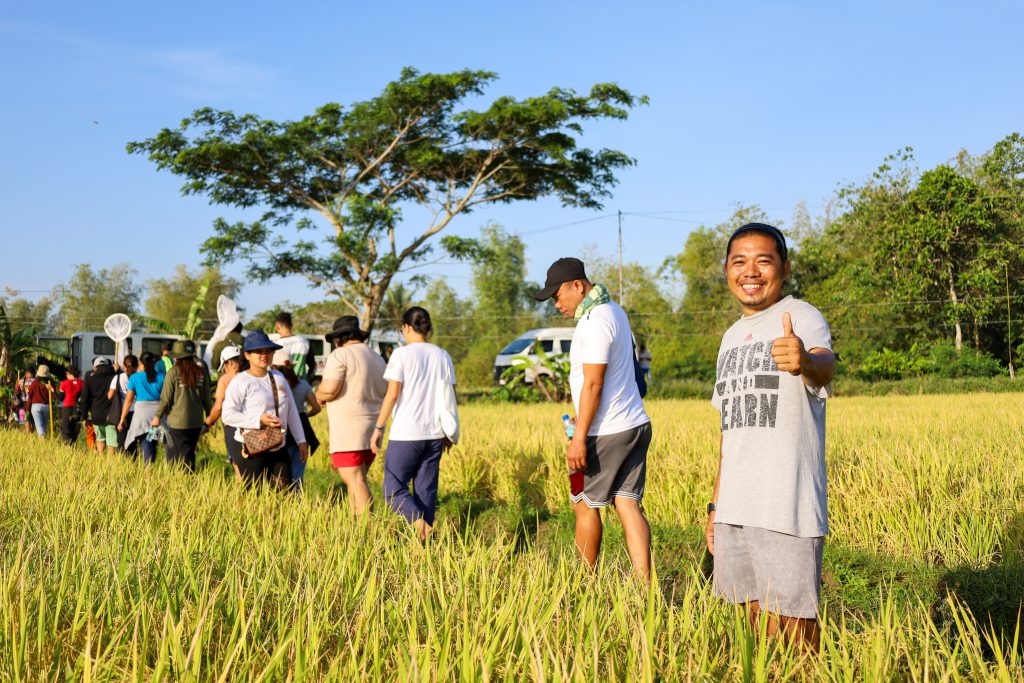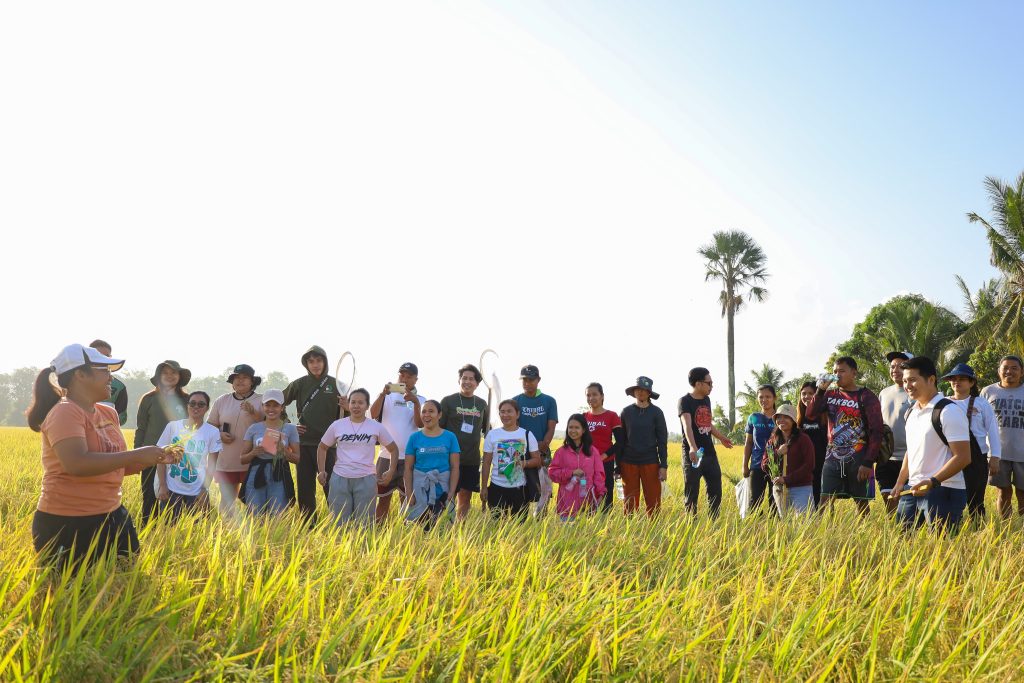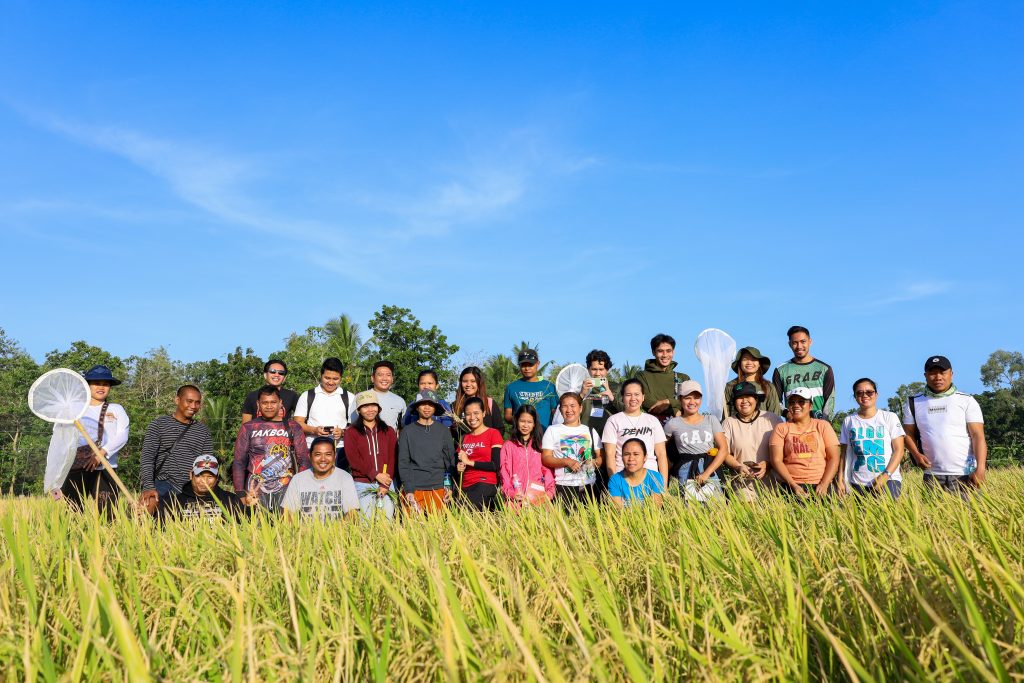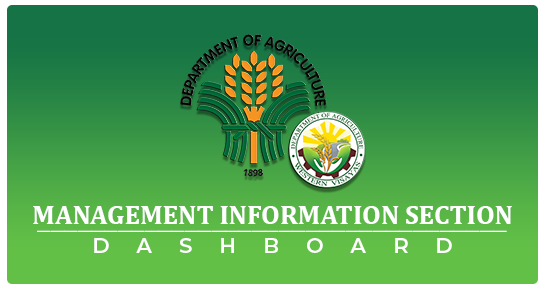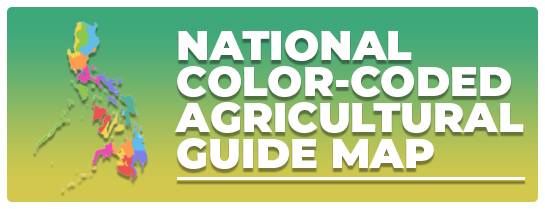Iloilo, Antique AEWs train on Integrated Pest Management for rice
Posted by: RAFIS DA6 | Posted at: March 14, 2024
To leverage the skills and capacity of agricultural extension workers (AEWS) in managing rice pests and diseases in rice fields, the Department of Agriculture (DA) Western Visayas conducted the Regional Training for Integrated Pest Management (IPM) technologies, March 11 to 15 at Barotac Nuevo, Iloilo. DA, through the Rice Program and Regional Crop Protection Center (RCPC), equipped the 26 AEWs from the Provinces of Antique and Iloilo on the proper ways of identifying and managing rice pests and diseases and addressing the pressing concerns in the rice agro-ecosystem.
Karen Mae Hipolito from the DA-Rice Program said it had been quite some time since the department last organized the IPM training for AEWs. She added that the DA is conducting the first and second batches of training this March, which is in preparation for the wet season establishment, to capacitate new sets of AEWs involved in implementing the different activities under the Rice Program on controlling and preventing pests and diseases.
“Apart from highlighting the importance of IPM, the training also covers topics on rice morphology and growth stages, major diseases and pests, prevention methods, proper damage reporting, weed management, and the appropriate ways to conduct Agro-Ecosystem Analysis (AESA),” she added.
Participants were also briefed on the objectives of the DA’s Masagana Rice Industry Development Program, aimed at optimizing production and increasing farmers’ average yield in Western Visayas from 3.41 metric tons in 2022 to 4.30 metric tons per hectare by 2024. Furthermore, updates on the El Nino situation and mitigation strategies were provided, emphasizing the department’s commitment to bolstering farm production resilience and profitability.
Chirel Becira, an AEW from Barotac Viejo, thanked the DA for the training that guided them in properly assessing and diagnosing pests and diseases in the rice fields.
“We were introduced to the different biological control agents being produced by the DA RCPC, such as Trichoderma, Trichogramma, and metarhizium, which farmers can use to control pests. Aside from the fact that these bio-control agents can help farmers save on expenses, using such poses no harm to the environment,” shared Snorkel Cabrisante from Leon, Iloilo.
Stressing the environmental benefits and cost-efficiency, Cabrisante shared the DA’s recommendation to prioritize the use of biological control agents over synthetic inputs when dealing with pest infestations.###SMHToreno/DA-RAFIS 6


